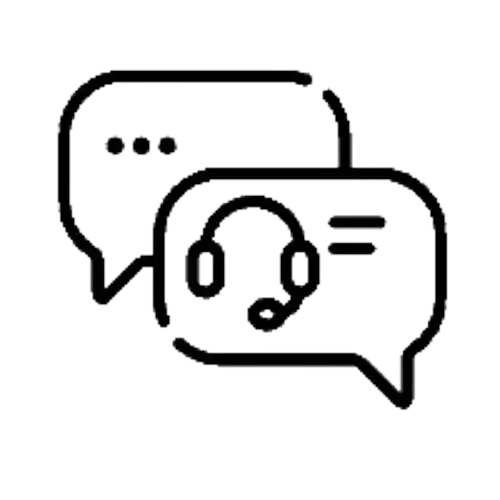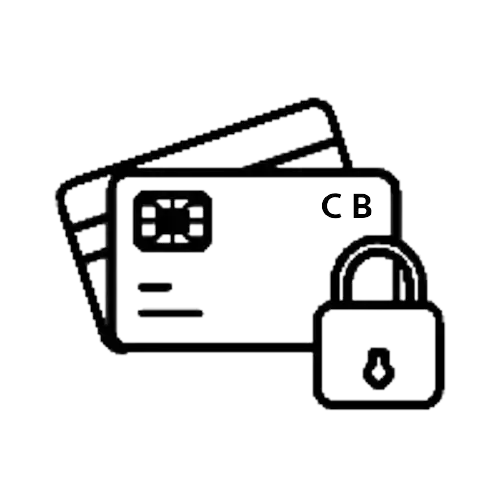
How to identify and manage digital stress?
In our hyperconnected world, digital stress has become a common phenomenon. Information overload, the omnipresence of social media, and the pressure to stay constantly online can have deleterious effects on our mental and physical health. Identifying and managing this type of stress is crucial to maintaining our well-being. This article explores ways to recognize the signs of digital stress and offers strategies for dealing with it effectively.
Identify digital stress
Physical and mental symptoms
Digital stress often manifests itself through various physical and mental symptoms. Among the most common is mental fatigue , where the individual experiences a kind of brain fog , making concentration and decision-making difficult. Anxiety and irritability can also arise, accentuated by the constant stream of notifications and the fear of missing out, known as FOMO (Fear Of Missing Out). Sleep disturbances are another key indicator, often exacerbated by screen use before bed. Finally, physical pain, such as headaches and tension in the neck and shoulders, can also signal digital stress.
Risky behaviors
Certain behaviors can indicate increased digital stress. For example, compulsively checking devices, even when there are no notifications, is a telltale sign. Similarly, digital multitasking, which involves constantly switching between apps without focusing on a specific task, can increase stress. Social isolation is also a common consequence, where online interactions take precedence over in-person encounters, leading to feelings of loneliness and isolation.

Managing Information Overload
Limit sources of information
Managing information overload starts with reducing the number of sources consulted. Choosing reliable sources is essential for obtaining quality information without drowning in a flood of often conflicting data. Using content aggregators like Feedly can also help group articles from different sources, making information management easier.
Practice digital detox
Taking regular breaks from screens is an effective strategy for recharging and reducing digital stress. Setting aside screen-free time, such as during meals or before bed, can reduce exposure to digital stimuli. Additionally, dedicating a day or two each week to technology-free activities, commonly referred to as tech-free weekends, can have beneficial effects on mental and physical health.
Managing the impact of social media
Using social media consciously
Social media, while a source of connection and information, can also be a major source of stress. It's important to learn how to use it mindfully by setting time limits. Apps like Screen Time on iOS or Digital Wellbeing on Android can help monitor and limit time spent on social media. Turning off non-essential notifications helps reduce constant interruptions and allows you to focus on more important tasks.
Creating a positive online environment
The quality of social media interactions is as important as the quantity. Following inspiring and positive accounts can enhance your online experience and reduce stress. It's also crucial to avoid comparisons, keeping in mind that social media often portrays an idealized version of other people's lives. Cultivating a positive online environment can mitigate the negative effects of social media on mental health.
Managing the pressure of constant connection
Establish clear boundaries
Setting clear boundaries between work and personal time is essential for managing the stress of being constantly connected. Setting strict work hours and avoiding checking emails or working outside of office hours helps create a healthy balance. Additionally, setting aside certain areas of the home, such as the bedroom, for screen-free activities can help reduce digital stress and improve sleep quality.
Practice mindfulness activities
Incorporating mindfulness practices into your daily routine is another effective strategy for managing digital stress . Meditation and breathing exercises, guided by apps like Headspace or Calm, can help reduce anxiety and improve focus. Additionally, regular exercise—whether it's walking, yoga, meditation, or sports—helps reduce stress and improve overall well-being.
Consume food supplements
Dietary supplements can also play a role in managing digital stress. Vitamins such as B vitamins, magnesium, and herbal supplements like rhodiola or saffron are known for their relaxing properties. Additionally, CBD , a non-psychoactive compound extracted from hemp, is gaining popularity for its calming effects. It can help you relax effectively during or after a busy workday, making it a potential ally against digital overload and the constant pressure of being online. Also check out our magnesium bisglycinate capsules, a premium form of magnesium that's easier for our bodies to absorb and gentle on the stomach.
Conclusion
Digital stress is a contemporary challenge that requires a proactive approach to manage effectively. By identifying the signs of information overload, adopting healthy digital habits, and establishing clear boundaries between online and offline time, and engaging in certain activities , it is possible to significantly reduce the impact of digital stress on our daily lives. It is important to remember that technology should be a tool to enhance our lives, not a source of additional stress.
























